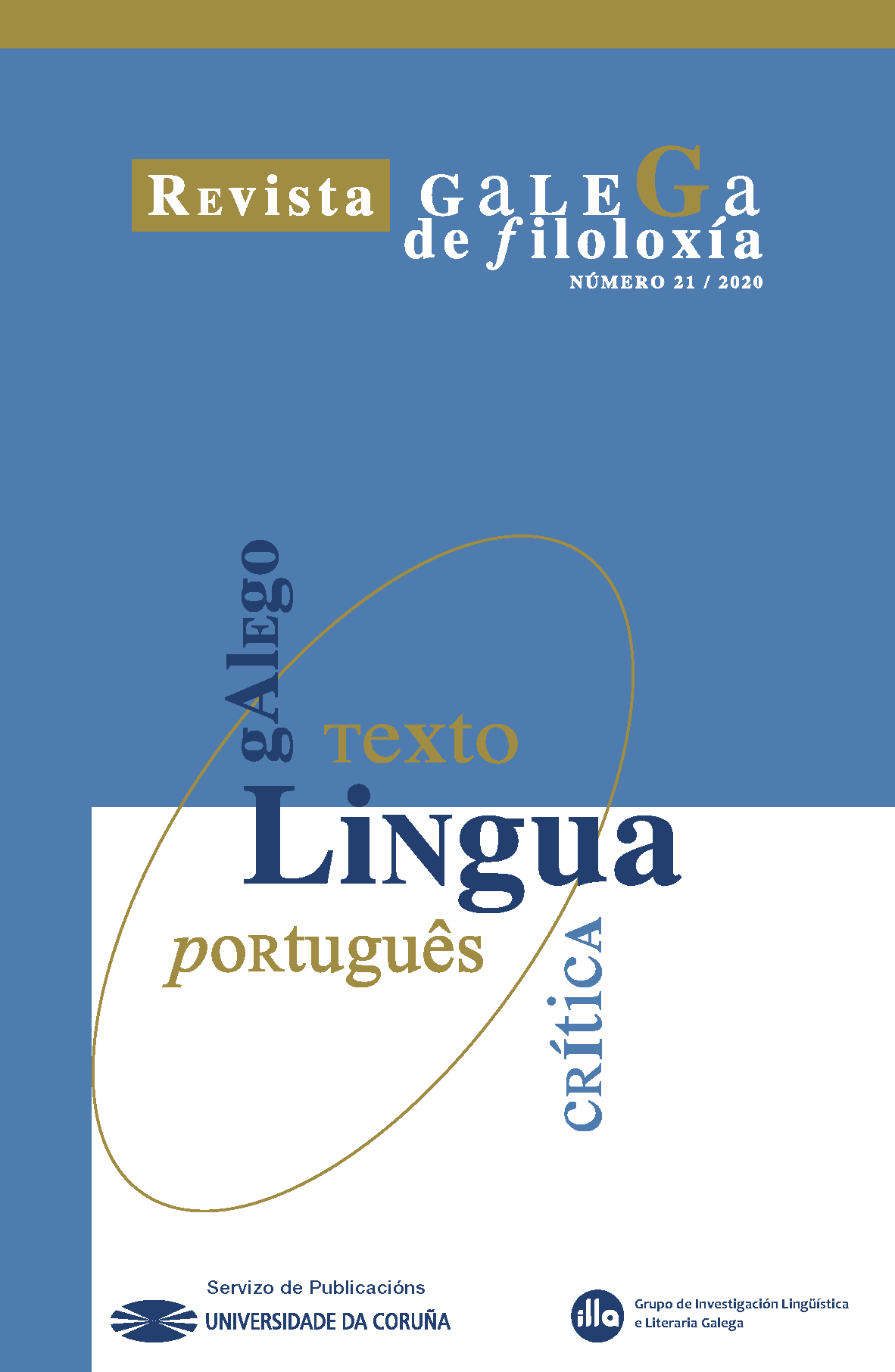Proverbs about wine: ways of living, social representations and stereotypes of Portugal (more than) 300 years ago
Main Article Content
Abstract
All sociological studies agree that proverbs reveal the social experiences of past generations and that they represent a window into the main concepts, modes of being and social ideology that in a given time make up the collective thought of a community.
Within this scope, the work of Rafael Bluteau Vocabulario Portuguez e Latino (Portuguese and Latin Vocabulary), edited between 1712 and 1728, in 8 volumes and 2 of supplement, is the first true dictionary of the Portuguese language, in the full meaning of the term. In this work, Bluteau presents several sets of Portuguese proverbs that allow us to glimpse the beliefs and ways of living in Portugal more than 300 years ago.
Thus, from the word "wine" and the proverbs in this entry, we will try to discover and analyze not only the concrete importance of wine in the life of past centuries but above all its symbolic and social dimension which the proverbs (about wine) reveal, reflecting also how proverbs constitute a linguistic dimension of the true "embodied meaning" that Cognitive Linguistics puts into relief.
Keywords:
Downloads
Metrics
Article Details
References
Amaral, Paulo Patrício Brum (2014): Análise da Fundamentação Agronómica dos Provérbios Agrícolas Portugueses. Disertação de mestrado.Universidade de Lisboa https://www.repository.utl.pt/handle/10400.5/8253
Bluteau, Rafael (1712-1728). Vocabulario portuguez e latino, aulico, anatomico, architectonico, bellico, botanico, brasilico, comico, critico, chimico, dogmatico, dialectico, dendrologico, ecclesiastico, etymologico, economico, florifero, forense, fructifero... autorizado com exemplos dos melhores escritores portugueses, e latinos. Coimbra, Collegio das Artes da Companhia de Jesu, 10 volumes.
Cabecinhas, Rosa (2005). “Processos cognitivos, cultura e estereótipos sociais”, Actas do III SOPCOM, VI LUSOCOM e II IBÉRICO – Volume IV, Universidade da Beira Interior, Covilhã.
Chacoto, Lucília (2013), “Muita parra, pouca uva. Da vinha e do vinho nos provérbios portugueses”, Paremia, 22: 2013, pp. 149-160
Ferro Ruibal, Xesús (2016): “Maio come o trigo e agosto bebe o viño. A viticultura no refraneiro galego”, Cadernos de fraseoloxía galega 18, 37-133. http://www.cirp.gal/w3/publicacions/pub-0450.html.
Lippmann, W. (1961) (1922). Public Opinion. Nova Iorque: Free Press.
Moscovici, S. (1978). La psychanalyse, son image, son public. Paris: PUF
Putnam, H. (1975). “The meaning of ‘meaning’“, Philosophical Papers, Vol. 2: Mind, Language and Reality, Cambridge University Press.
Rosch, E. (1973). “On the internal structure of perceptual and semantic categories”, in Moore, T. (Ed.) Cognitive Development and the Acquisition of Language (pp. 111-144), Academic Press, New York.
Rosch, E. (1975). “Cognitive representations of semantic categories”, Cognitive Psycology 7 (pp. 573-605).
Sarmento, Francisco Martins. (1990) A Mourama, Revista de Guimarães, 100, Jan.-Dez. 1990, pp. 343-353.
Tajfel, H. (1981/1983). Grupos humanos e categorias sociais (Vol. 1 e 2). Lisboa, Livros Horizonte.
Teixeira, José (2016). “A força dos valores implícitos dos provérbios na comunicação publicitária”, in Soares, Rui JB & Lauhakangas, Outi, 9º Colóquio Internacional sobre Provérbios-Actas/ 9th Interdisciplinary Colloquium on Proverbs –Proceedings, Associação Internacional de Paramiologia, Tavira, pp. 50-60.
Teixeira, José (2017) “Mais importante que a verdade: o valor argumentativo dos provérbios”, in Soares, Rui e Lauhakangas, Outi (Org.), 10º Colóquio Interdisciplinar sobre Provérbios/ 10th Interdisciplinary Colloquium on Proverbs. Actas ICP16 Proceedings, Associação Internacional de Parameologia/ International Association of Paramiology (AIP-IAP), pp. 550-560.
Viana, M. (1993): «A vinha e o vinho nos provérbios e na cultura popular», in Revista da Biblioteca Nacional, S.2, 8 Janeiro-Junho, 7-22.



